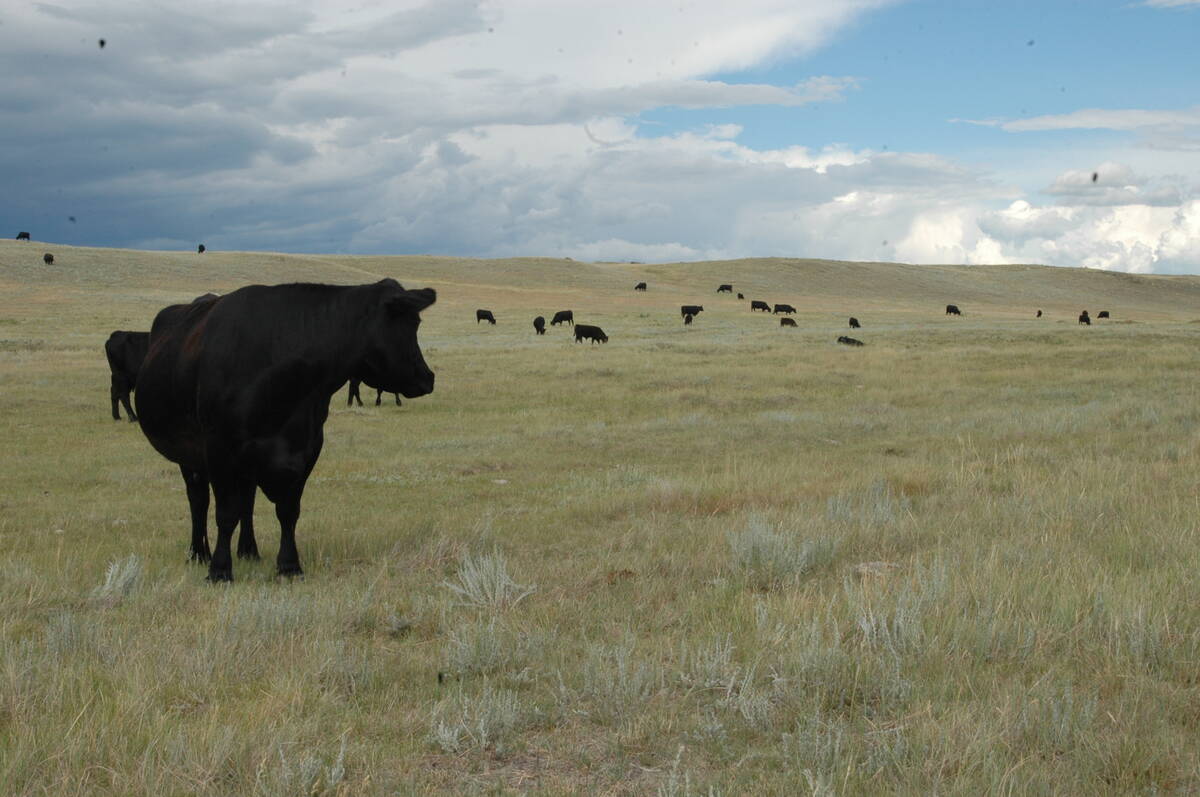Added costs for the beef industry are expected when Canada’s enhanced feed ban comes into effect July 12.
West Coast Reductions announced it will add a surcharge of 2.5 cents a pound to the existing cost for pickup of bovine remains and separation and disposal of specified risk materials when the feed ban becomes law. It prohibits the use of ruminant material in feed, fertilizer or pet food to prevent the spread of BSE.
It appears the industry will have to pay $5 to $20 a head extra to dispose of SRM, said Dennis Laycraft, executive vice-president of the Canadian Cattlemen’s Association.
Read Also

Canadian Food Inspection Agency slammed for handling of bovine tuberculosis case
The federal government leans heavily on producers to “take one for the team” and risk their livelihoods without any reassurance of support.
“That’s a significant impact on industry.”
The materials thought to harbour the BSE infection are the skull, brain, nerve tissue, eyes, tonsils and spinal cord of cattle aged 30 months or older; and for all cattle, the distal ileum, which is a portion of the small intestine.
The CCA asked the federal government for $25 million per year for two years to pay renderers up to $175 for each tonne of material produced.
“There have been all kinds of delays for funding. We’re still waiting on a final decision on policy change,” said Laycraft.
Brian Walton, general manager of the Alberta Cattle Feeders Association, said the new costs and rules present a conundrum for feedlots dealing with dead animals on site.
“There is some short-term discomfort that everybody is going to face,” he said.
Renderers will charge extra to take dead animals away but have indicated the extra charge would not apply if the distal ileum was removed, such as during a post mortem at the yard.
The alternative is composting the dead stock, but the final material cannot be spread on land because this would not inactivate the prion responsible for causing BSE.
There is concern Canadians will avoid the new costs by exporting cull animals to the United States when the border reopens. The U.S. announced it was considering a similar ban on SRM but the regulation has not resurfaced in almost two years.
The regulation published in the Canada Gazette estimated the industry generates 642,509 tonnes of bovine waste, of which 92 percent comes from abattoirs and the remainder is dead stock. SRM would account for 264,140 tonnes of the total raw bovine waste collected.















